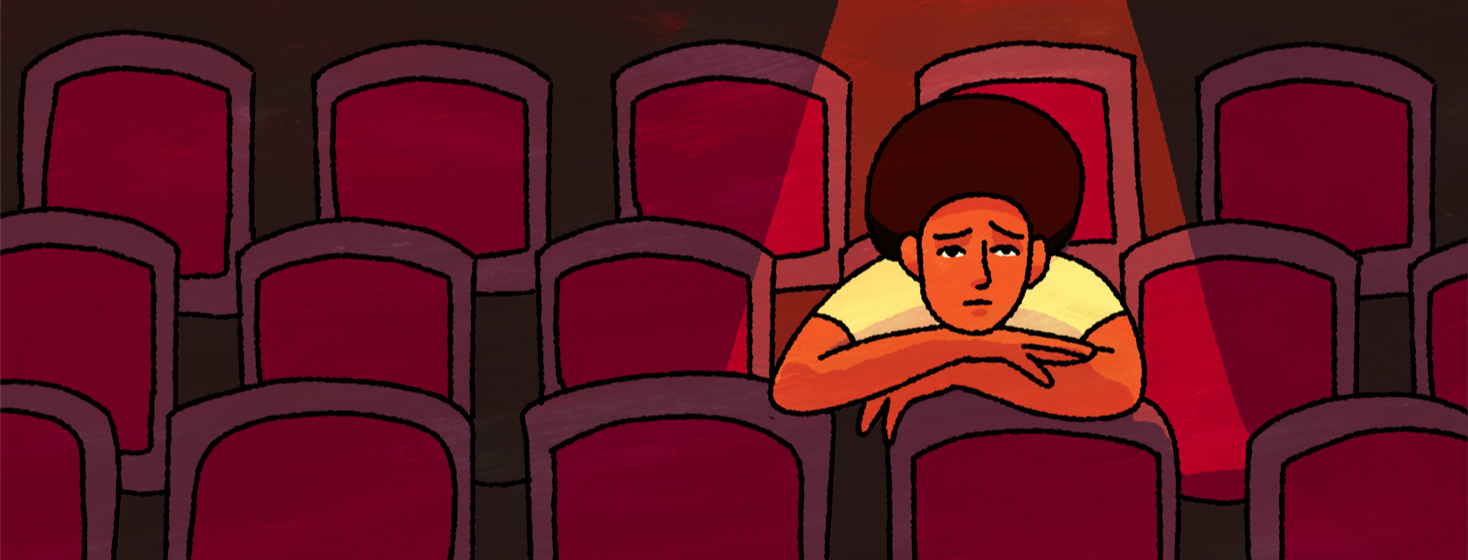Epilepsy Needs Proper Representation in the Entertainment Industry
Representation of epilepsy in movies, television, and media has been a complicated and misunderstood situation, fraught with misrepresentation. In the entertainment industry, individuals with epilepsy are often depicted as having only 1 type of seizure: dropping to the ground and convulsing. Or they may be depicted as mentally unwell, confined to hospitals, and sometimes unable to communicate or understand, which is far from reality.
Representations of epilepsy on TV and in movies
I constantly feel compelled to speak out about the misconceptions portrayed in entertainment. Many of us with epilepsy must strive to provide clarity and genuine understanding, especially when people believe what they see or hear without questioning the facts versus fiction.
The unfair portrayal of people with epilepsy and similar disorders perpetuates a false narrative, which is highly problematic. The depiction of epileptic episodes and seizures does not nearly encompass the actual life-changing experience.
However, in some strange way, it does bring some level of support and awareness. Undoubtedly, the entertainment world provides an opportunity for imagination and can prompt honest discussions about the daily struggles and miracles experienced by individuals with epilepsy.
Epilepsy on screen only offers a glimpse
Remarkably, genres such as science fiction, drama, comedy, action, and thriller have showcased various aspects of epilepsy on screen. While these genres may depict the disorder in sensational and tragic ways, they also bring attention to it.
Epilepsy has been used as a topic for dramas and other significant genres, offering glimpses into the challenges faced in day-to-day life. But such portrayals need to provide some different perspectives on the illness and more of the facts and reality of epilepsy.
Facts vs. misconceptions
Let's start with the apparent statistics. It has been proven that epilepsy is the fourth most common neurological condition in the United States. Additionally, 1 in 100 individuals in the United States has experienced a single unprovoked seizure or has been diagnosed with epilepsy. Furthermore, an estimated 50 million people worldwide live with epilepsy. So in fact, epilepsy is not very rare and uncommon.1
Unfortunately, the stigma associated with epilepsy persists. And the way epilepsy is portrayed in TV or movies may deepen these misunderstandings.
Stereotypes in portrayals of people with epilepsy
For example, young female characters with epilepsy are typically portrayed as helpless and perpetually needing assistance. On the other hand, male characters are often depicted as agressive and requiring to be subdued.
As someone who has lived with epilepsy for the last 28 years, I felt compelled to write about this issue. As a writer who appreciates all forms of entertainment, particularly lighthearted, adventurous, and action-packed films, I am frequently asked about the accuracy of portrayals of individuals with epilepsy.
The reality is that not everything we go through can be accurately depicted on screen.
People still don't grasp the saying, "Not everything you see on TV is true." It is disheartening to see that many assume all the millions of people with epilepsy have the same version of the condition. I have also had to address numerous questions related to gender, race, religion, and stigma.
Epilepsy representation and awareness are important
I am grateful for platforms like TikTok, where there is often positive representation of people living with epilepsy, showcasing their daily lives and educating those who do not have the condition or have loved ones affected by it.
However, even with this newfound representation on social media, there is still much work to be done. Mockery and insensitive comments persist, prompting the need for contributors, bloggers, and supporters to intervene and correct misconceptions.
Representation is everything, especially when it's impactful. We're still looking for a CURE – and we need proper representation to help spread the word.

Join the conversation